Fashion + Design > Fashion
March 3, 2021
Månsken – „We need new role models“
Susanne Barta
Auch wenn sich bereits der Frühling meldet, ist es nie zu spät, sich mit kuscheligen Pullovern zu beschäftigen. Ich möchte euch heute die kleine, feine Brand Månsken vorstellen, die sich zum Ziel gesetzt hat, zeitlose und in jede Richtung ethische und nachhaltige Basic-Strick-Teile zu entwickeln. Hinter Månsken stehen zwei junge Frauen: Lucía Radeljak und Denise Steverlynck. Lucia lebt in London, die Argentinierin mit italienischen Wurzeln arbeitet als Managing Director UK für das Südtiroler Terra Institute. Ihr internationaler Background und ihre vielfältigen Arbeitserfahrungen haben sie schon früh zu Nachhaltigkeits-Themen und zirkulären Wirtschaftsmodellen gebracht. Denise lebt in Schweden, die Künstlerin und Strickwaren-Designerin kommt aus der Fashion Branche und hat sich auf ihrem Weg viel Know-how in der Verarbeitung von nachhaltig gesourcten Materialien und für natürliche Färbeprozesse erworben. Mit Überzeugung und Passion bauen die beiden nun Månsken auf. Die Brand produziert in Italien und Bulgarien, Lucía und Denise kennen die Leute, mit denen sie arbeiten. Verkauft werden die schönen Månsken-Teile online und in Boutiquen in London, Schweden, Dänemark und bald auch in den Niederlanden. Die beiden Entrepreneurinnen setzen auf partnerschaftliche Zusammenarbeit, denn sie möchten, wie sie betonen, dem Fashion-System nicht noch mehr Druck zufügen. Deshalb gibt es nur eine Kollektion, die behutsam wächst, die zeitlosen Designs haben kein Ablaufdatum und sind vielseitig und bequem. Doch hört selbst:
Does the name Månsken mean anything?
Lucía: The way that I conceive Månsken is like a living organism, it lives within an ecosystem and has principles that it stands for. Denise and I were sitting down the second day after we decided we were doing this. We were in Sweden looking for a Swedish name that would represent what we were trying to build. So when Denise suggested Månsken I just fell in love with it. We loved the sound and the symmetry of the word and the meaning “moonlight” was perfect. There was also this game around the letter Å that has this little full moon floating above it. The full moon represents the circularity behind our knitwear, of keeping yarns within a circle, giving them a second life but also the femininity and sisterhood values behind the brand. It’s also easy to read in different languages. If you read it really fast in English it’s read like “Man’s skin” which perfectly describes our vision of our knitwear as a second skin.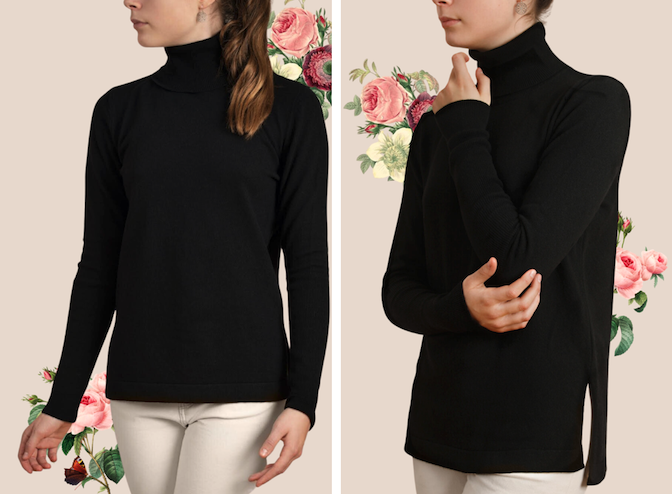 Denise has a background in fashion, you have a background in sustainability management. What made you start the brand?
Denise has a background in fashion, you have a background in sustainability management. What made you start the brand?
A dream to make the most sustainable and beautiful knitwear. Denise is a mother of three and has a full-time job in a school in Helsingberg. She is also an artist and designer at heart and her true passion is designing knitwear. She had been doing that for 15 years and it was hard for her having a full time job and three young children to take care of. I’m a passionate about sustainability and impact entrepreneurship and have a special weakness for cashmere & knitwear. So we decided to merge our passions.
Why wool?
Because it’s such a noble material. It goes back to circles of women and the connection with nature. Women used to meet in circles to work the wool and make yarns that will protect them from the cold during winter. Staying warm is an essential need and it’s part of the coziness and happy feeling we need to survive winter.
“We want our jumpers to last for a life time“. How do you transfer that into practice?
When we conceived our pieces, our aim was to make them last forever. Quality is a must but also from a design point of view, we had to make knitwear that could be worn at all ages and times. That’s why we committed to timeless designs, permanent collections and neutral colours. In order to take our commitment to the next level we decided to offer a free maintenance service to help extend the life of the garments.
You also offer a reverse supply chain campaign. What is this exactly?
Yes, we also accept old knitwear that our customers don’t longer want to give them a second life. This means we use our same sales channels to bring the old garments back to their factory to get them turned into new yarns for new knitwear pieces. It all stays within the circle.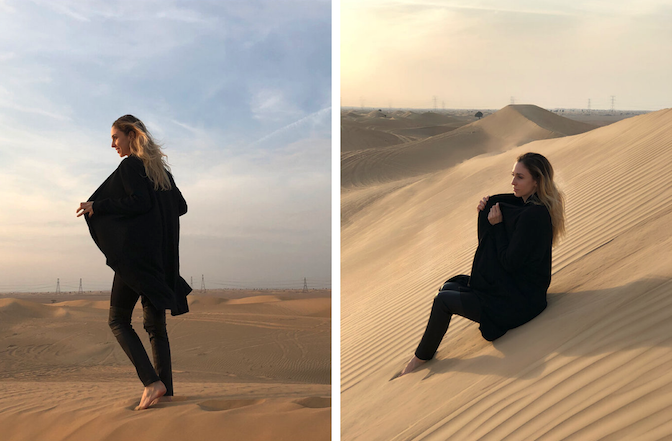
Your pieces are produced with “circular economy yarns”…
Last time I checked fashion industry was wasting 92 million tonnes of textiles each year. The waste generated by the industry is huge so we decided to do something about it. Every yarn used in our knitwear is made from certified upcycled surplus yarn. Many luxury brands waste incredible high quality yarns in the manufacturing process which ends up in the landfill or getting burned. By giving these yarns a second life we are both avoiding them to end up in the landfill and reducing the pressure on the extraction of raw materials that are causing great damage to their ecosystem due to the growing demand. The extraction of raw materials such as cashmere also have a huge impact in the environment. The exploding demand for cashmere wool has turned Mongolia’s grasslands into desserts due to overgrazing and climate change.
You committed to carbon negativity knitwear. How do you approach this?
We decided to target carbon negativity in three different frontlines: 1. The upcycling process minimises the use of chemicals and dyings so that 100 grams of our yarn saves 98% use of water and 98% CO2 emissions compared to 100 grams of a conventional yarn. 2. By keeping our production as local as possible: raw materials are locally sourced and re-yarned in Italy, our garments are produced and sold in Europe and we only use land transport to move around. 3. By planting a native tree for every sweater sold. On average, one tree will absorb in the region of 1 tonne of carbon dioxide during its full life-time (approximately 100 years).
Your designs are classics and should we worn forever. Should fashion forget about trends?
I love fashion because I love aesthetics and being surrounded by beauty. Minimalism is also a form of beauty and owning less is also about picking well what to wear. My role models are women who wear things that only enhance their natural beauty. I feel that lately media and influencers are more focused on showing brands and labels than their true essence. Essential beauty doesn’t need to hide its beauty behind a label or brand. Ultimately fashion should reflect the values of the person who wears it. This means using fashion in a way that brings meaning into our lives. All of the intangible things behind a garment – who made it, with what purpose – is a clear statement of who we are and what kind of world we want to live in.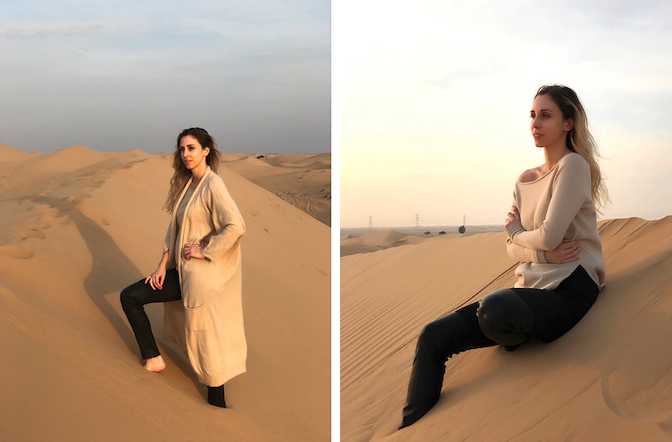 How do you dress?
How do you dress?
My closet is all neutral colours. I love black, white, beige and blue. I love plain colours but if I feel like it I like to include some polka dots or stripes. I’m all about the materials that make me feel great and comfortable. My favourites are linen and silk pieces for the summer and velvet, cashmere and wool for the winter. I have a sweet spot for vintage pieces and jewellery. It’s the one of a kind pieces that truly define my style.
What should change in the fashion industry?
Every person in the fashion industry should begin to ask themselves why they are doing what they are doing. We need to shift to a more meaningful definition of fashion. Fashion as a way to express our values and ideas and influence others into living in more conscious ways. I think we have plenty examples around us of designers using their talent to transform the world into a better one.
How realistic are these changes?
It will depend on the people and their will to turn intentions into real actions. The good news is that we have more options today than what we had in the past to live a life that is more coherent with our values. “Old habits die hard”, like Mick Jagger says. That’s why, more than ever, we need new role models sharing more meaningful lives. 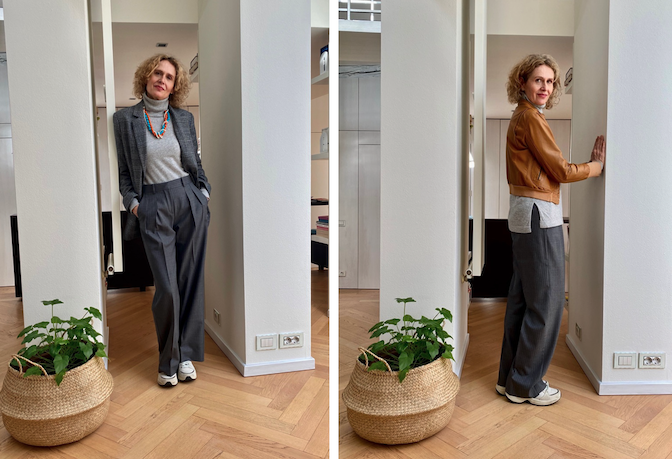 Schaut auch rein auf den Månsken Blog, da gibt es viel Interessantes und Hilfreiches zu entdecken. Etwa wie man ein Slow Fashion Business startet, welchen Impact die Fashion Industrie auf die Wasser-Ressourcen hat oder wie man Kaschmir sachgerecht pflegt, die Qualität von Kaschmir einschätzen und dabei auch gleich hinter die Kulissen des Business blicken kann.
Schaut auch rein auf den Månsken Blog, da gibt es viel Interessantes und Hilfreiches zu entdecken. Etwa wie man ein Slow Fashion Business startet, welchen Impact die Fashion Industrie auf die Wasser-Ressourcen hat oder wie man Kaschmir sachgerecht pflegt, die Qualität von Kaschmir einschätzen und dabei auch gleich hinter die Kulissen des Business blicken kann.
Photo: (1–7) © Månsken; (8–9) © Susanne Barta

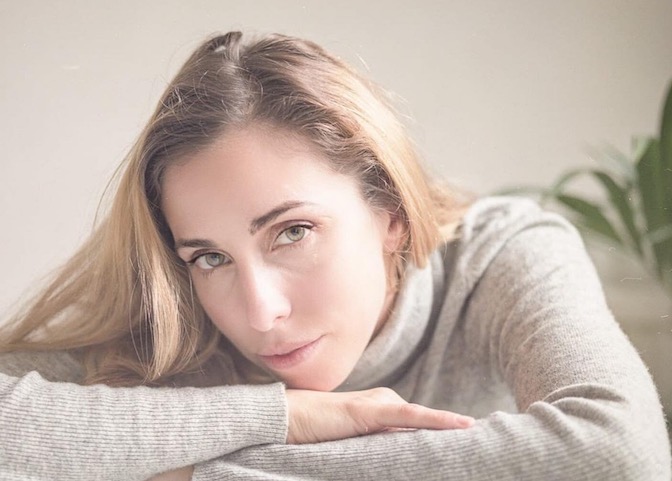
















Comments